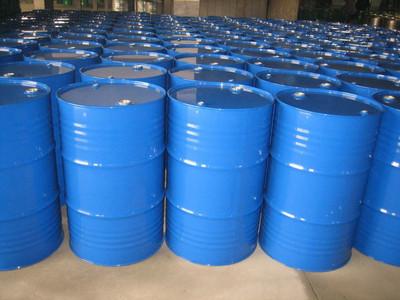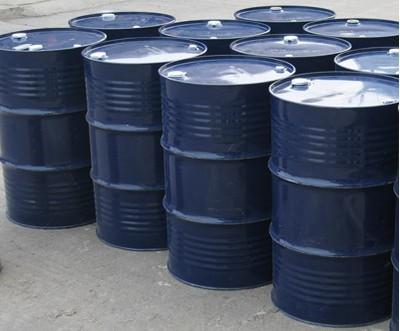Dioctyltin Oxide
Overview:
Product name: Dioctyl tin oxide, Dioctyl tin oxide is an organic compound, its chemical formula is C16H34OSn.
Product name: Dioctyl tin oxide, CAS870-08-6
Chinese name: dioctyl tin oxide, FASCAT 8201 catalyst, octyl tin oxide, dioctyl tin oxide, dioctyl tin oxide, di-n-octyl tin oxide, dioctyl tin oxide (Xie), dioctyl tin oxide (DOTO), metal organics,
English name: FASCAT8201, DI-N-OCTYLTIN OXIDE, DINOCTYLTINOXIDE, DI-N-OCTYLOXOTIN, DIOCTYLTIN OXIDE, DIOCTYL(OXO)STANNANE
Molecular formula: C8H18OSn
Molecular weight: 248.94
CAS Registry Number: 818-08-6
EINECS accession number: 212-449-1
InChI: 1S/2C4H9.O.Sn/c2*1-3-4-2;;/h2*1,3-4H2,2H3;;
Alias: Dibutyloxotin
Melting point: 300ºC
Water solubility: 4.0MG/L(20ºC)
Basic Information:
English name: Di-n-octyltin oxide (DOTO)
CAS number: 870-08-6
Molecular formula: C16H34OSn
- Properties: white powder
- Density (g/mL, 25/4℃): 1,3g/cm3
- Relative vapor density (g/mL, air=1): not determined
- Melting point (oC): 245-248°C(dec.)
- Boiling point (oC, normal pressure): not determined
- Boiling point (oC, 5.2kPa): not determined
- Refractive index: not determined
- Flash point (oC): not determined
- Specific rotation (o): not determined
- Spontaneous ignition point or ignition temperature (oC): not determined
- Vapor pressure (kPa, 25oC): not determined
- Saturated vapor pressure (kPa, 60oC): not determined
- Heat of combustion (KJ/mol): not determined
- Critical temperature (oC): not determined
- Critical pressure (KPa): not determined
- Logarithmic value of oil-water (octanol/water) partition coefficient: not determined
- Upper explosion limit (%, V/V): not determined
- Lower explosion limit (%, V/V): not determined
- Solubility: slightly soluble in water, ethanol, acetone
safety instructions
Safety instructions: S24/25: Prevent contact with skin and eyes.
Dangerous goods mark: TT: Toxic substances
Hazard category code: R25: Toxic if swallowed.
Dangerous goods transport code: UN3146
msds report: Dibutyltin oxide msds report
use:
White to slightly yellow powder
This product is mainly used to produce PVC heat stabilizer, paint enhancer, and mainly used to produce PVC heat stabilizer
It can also be used as a catalyst for the production of some antioxidants
Storage and transportation:
Should be sealed and stored in a dry, cool and ventilated warehouse
package:
200KG/barrel Storage: It is recommended to store in a dry and cool area with proper ventilation. After the original packaging, please fasten the packaging cover as soon as possible to prevent the product performance from being mixed with other substances such as water resistance. Store in a cool, dry place, keep the container tightly closed, and avoid contact with oxides. Do not inhale dust and avoid contact with skin and mucous membranes. Smoking, eating and drinking are prohibited in the workplace. After work, take a shower and change clothes. Store contaminated clothes separately and use them after washing. Maintain good hygiene habits.






